6,498cc DOHC V12 Engine Multi Point Fuel Injection 759bhp at 8,500rpm 7-Speed Automatic with Overdrive 4-Wheel Independent Suspension 4-Wheel Ventilated Carbon Ceramic Disc Brakes *One of only 20 Centenario Coupes produced *Single owner from new *Fewer than 700 original miles *Ferruccio Lamborghini's 100th birthday celebration Previewing at the Petersen Automotive Museum in Los Angeles, California by appointment. Please contact motors.us@bonhams.com for scheduling. FERRUCCIO LAMBORGHINI Ferruccio Lamborghini, was the son of grape farmers in the Emilia–Romagna region of Italy, and he must have taken his inspirations from this, beginning his industrial career with building tractors. As this business developed, he later manufactured oil heaters and air conditioning equipment. But in 1963, he took a turn down a new avenue, and formed Automobili Ferruccio Lamborghini SpA to build high-end sports cars. It is said that while he had owned several Ferraris, he felt that he could build a better high-performance car. To do so, he purchased a factory at Sant'Agata Bolognese, near Modena, and hired a cadre of engineering talent. His first production car was the 350GT, launched at the March 1964 Geneva Motor Show. Initially designed by Giotto Bizzarrini, its engine was a four-cam V-12 of 3,464 cc. However, Bizzarrini had designed it as a racing engine, and Lamborghini was adamant about producing a road car. Thus, it fell to Lamborghini's chief engineer Giampaolo Dallara to civilize it for the street. Dallara converted it to wet-sump operation, reduced the compression, revised the cam profiles and changed the racing carburetors to conventional side-draft 40 DCOE Webers. Bodies were made by Touring in Milan, using their Superleggera tubular birdcage technique to mount aluminum panels. Chassis and bodies were mated at Touring, then transported to Lamborghini's facilities at Sant'Agata Bolognese for final assembly. Soon after 350GTs were rolling out of the factory, Lamborghini raised the stakes in the most dramatic fashion at the 1965 Turin Motor Show. It was here that the Miura project was first seen. The world was in raptures over the new design—Lamborghini included—and what some considered to be no more than a styling exercise, he quickly channeled their efforts into and turned into a reality. By the time of the Geneva Salon the following year, the first completed car was ready for unveiling to a stunned press and public. Also designed by Giampaolo Dallara, the Miura carried its transversely mounted engine amidships in a box-section platform chassis, the latter clothed in stunning coupe coachwork styled by Bertone's Marcello Gandini Like the contemporary 400GT, the Miura used the 4.0-liter version of Lamborghini's Giotto Bizzarrini-designed alloy four-cam V12. With 350bhp available, the Miura was capable of shattering performance, a top speed of 180mph being claimed with production examples independently tested at more than 170. Mr. Lamborghini - a bullfight enthusiast - names the car after the iconic Spanish bull, Miura. The Miura would become the basis and DNA for all future Lamborghini supercars. THE MOTORCAR OFFERED The Aventador was launched at the 2011 Geneva Motor Show, replacing the ageing Murcièlago as Lamborghini's flagship model. Designed by Filippo Perini, the new mid-engine coupé borrowed heavily from Lamborghini's limited edition Reventón and its Estoque concept car. One of its more striking features was the scissor doors - a 21st Century supercar 'must have'. Like its predecessors, the newcomer was powered by a V12 engine, in the Aventador's case an all-new 6½-liter unit producing 700bhp. Power reached the ground via a seven-speed semi-automatic gearbox and electronically controlled four-wheel drive transmission. A top speed of 217mph (359km/h) was claimed by the factory, yet the French Sport Auto magazine managed to wind 'their' car up to 230mph (370km/h). 2017 marked what would have been Lamborghini founder Ferruccio Lambor
6,498cc DOHC V12 Engine Multi Point Fuel Injection 759bhp at 8,500rpm 7-Speed Automatic with Overdrive 4-Wheel Independent Suspension 4-Wheel Ventilated Carbon Ceramic Disc Brakes *One of only 20 Centenario Coupes produced *Single owner from new *Fewer than 700 original miles *Ferruccio Lamborghini's 100th birthday celebration Previewing at the Petersen Automotive Museum in Los Angeles, California by appointment. Please contact motors.us@bonhams.com for scheduling. FERRUCCIO LAMBORGHINI Ferruccio Lamborghini, was the son of grape farmers in the Emilia–Romagna region of Italy, and he must have taken his inspirations from this, beginning his industrial career with building tractors. As this business developed, he later manufactured oil heaters and air conditioning equipment. But in 1963, he took a turn down a new avenue, and formed Automobili Ferruccio Lamborghini SpA to build high-end sports cars. It is said that while he had owned several Ferraris, he felt that he could build a better high-performance car. To do so, he purchased a factory at Sant'Agata Bolognese, near Modena, and hired a cadre of engineering talent. His first production car was the 350GT, launched at the March 1964 Geneva Motor Show. Initially designed by Giotto Bizzarrini, its engine was a four-cam V-12 of 3,464 cc. However, Bizzarrini had designed it as a racing engine, and Lamborghini was adamant about producing a road car. Thus, it fell to Lamborghini's chief engineer Giampaolo Dallara to civilize it for the street. Dallara converted it to wet-sump operation, reduced the compression, revised the cam profiles and changed the racing carburetors to conventional side-draft 40 DCOE Webers. Bodies were made by Touring in Milan, using their Superleggera tubular birdcage technique to mount aluminum panels. Chassis and bodies were mated at Touring, then transported to Lamborghini's facilities at Sant'Agata Bolognese for final assembly. Soon after 350GTs were rolling out of the factory, Lamborghini raised the stakes in the most dramatic fashion at the 1965 Turin Motor Show. It was here that the Miura project was first seen. The world was in raptures over the new design—Lamborghini included—and what some considered to be no more than a styling exercise, he quickly channeled their efforts into and turned into a reality. By the time of the Geneva Salon the following year, the first completed car was ready for unveiling to a stunned press and public. Also designed by Giampaolo Dallara, the Miura carried its transversely mounted engine amidships in a box-section platform chassis, the latter clothed in stunning coupe coachwork styled by Bertone's Marcello Gandini Like the contemporary 400GT, the Miura used the 4.0-liter version of Lamborghini's Giotto Bizzarrini-designed alloy four-cam V12. With 350bhp available, the Miura was capable of shattering performance, a top speed of 180mph being claimed with production examples independently tested at more than 170. Mr. Lamborghini - a bullfight enthusiast - names the car after the iconic Spanish bull, Miura. The Miura would become the basis and DNA for all future Lamborghini supercars. THE MOTORCAR OFFERED The Aventador was launched at the 2011 Geneva Motor Show, replacing the ageing Murcièlago as Lamborghini's flagship model. Designed by Filippo Perini, the new mid-engine coupé borrowed heavily from Lamborghini's limited edition Reventón and its Estoque concept car. One of its more striking features was the scissor doors - a 21st Century supercar 'must have'. Like its predecessors, the newcomer was powered by a V12 engine, in the Aventador's case an all-new 6½-liter unit producing 700bhp. Power reached the ground via a seven-speed semi-automatic gearbox and electronically controlled four-wheel drive transmission. A top speed of 217mph (359km/h) was claimed by the factory, yet the French Sport Auto magazine managed to wind 'their' car up to 230mph (370km/h). 2017 marked what would have been Lamborghini founder Ferruccio Lambor
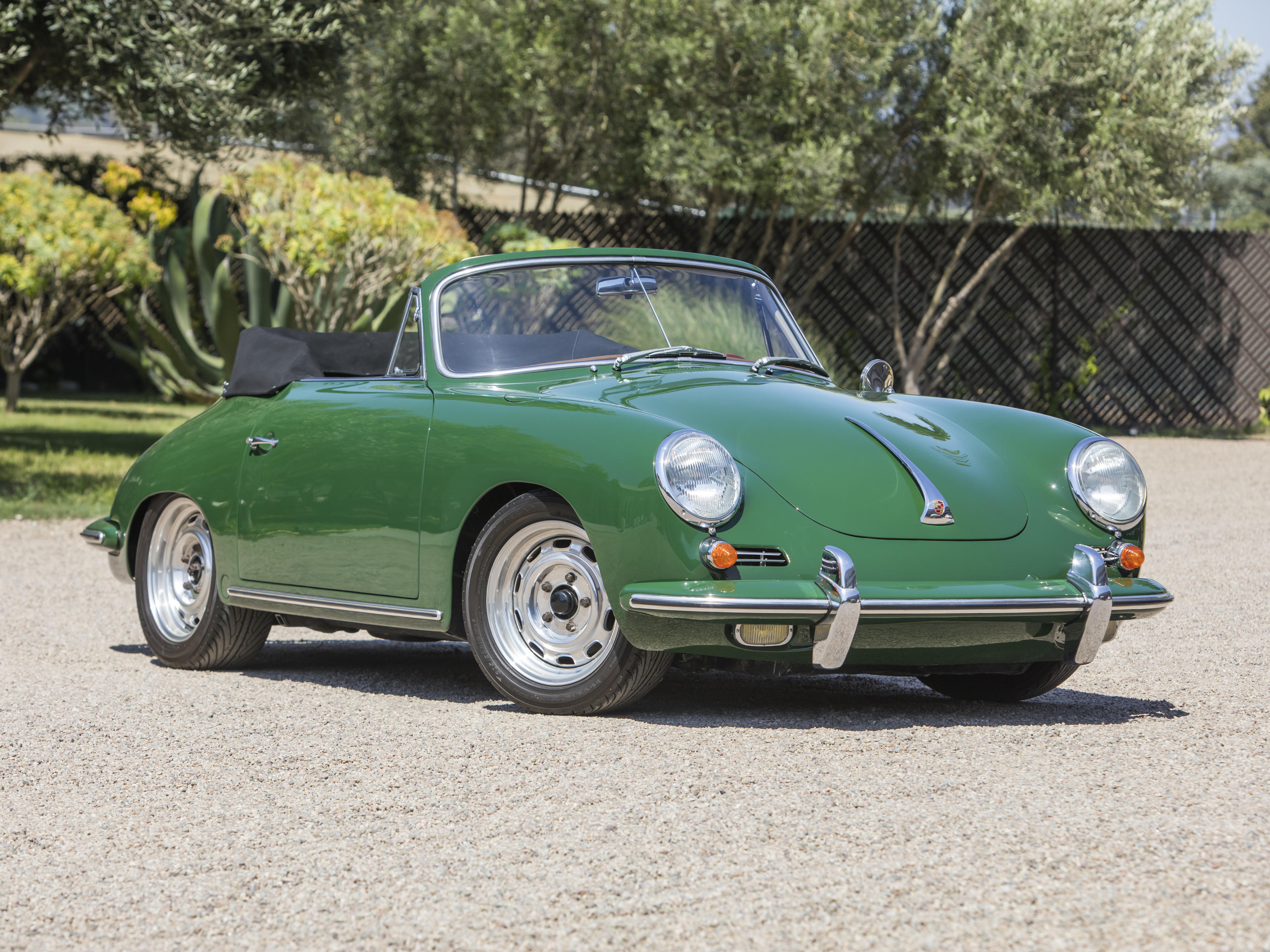
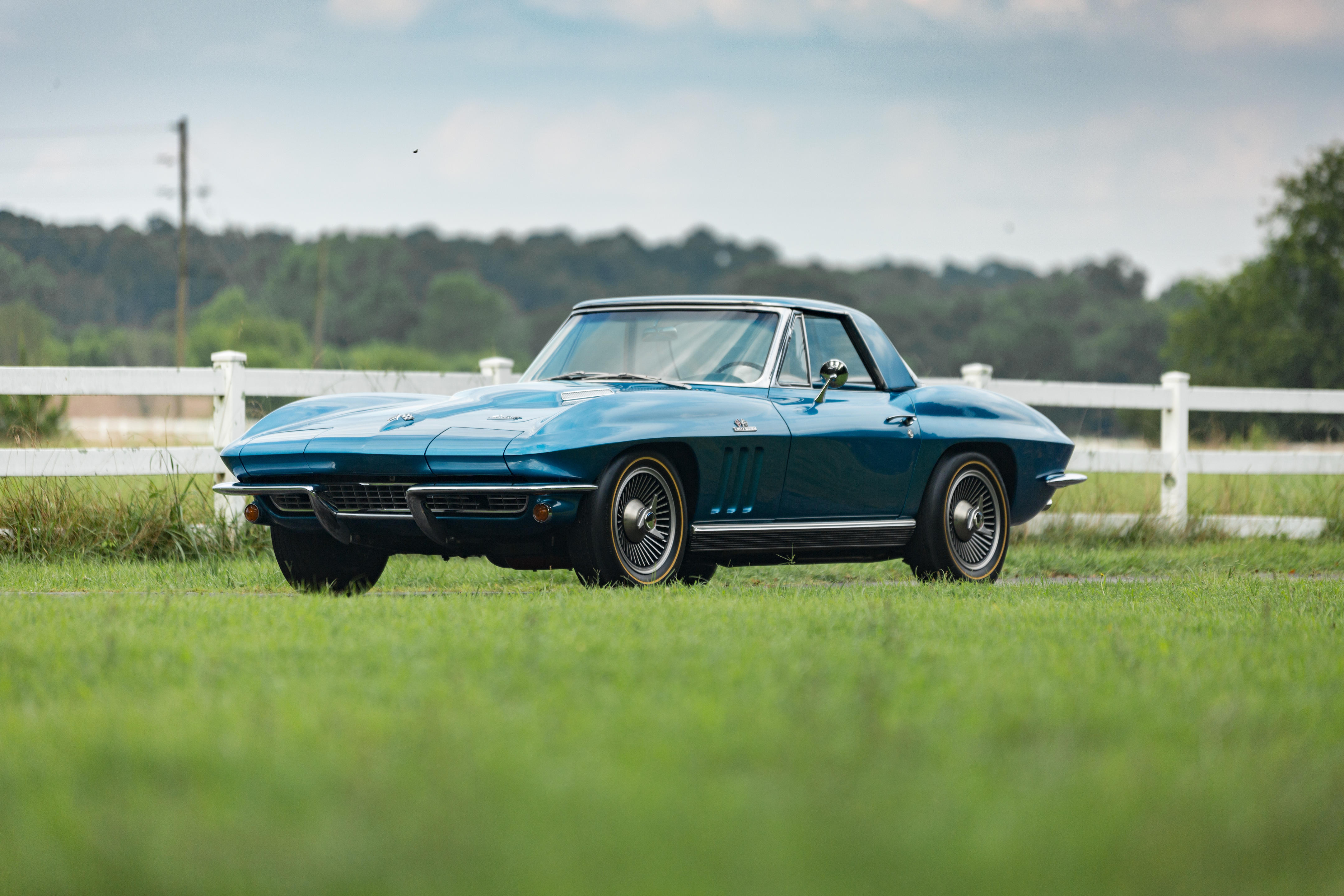
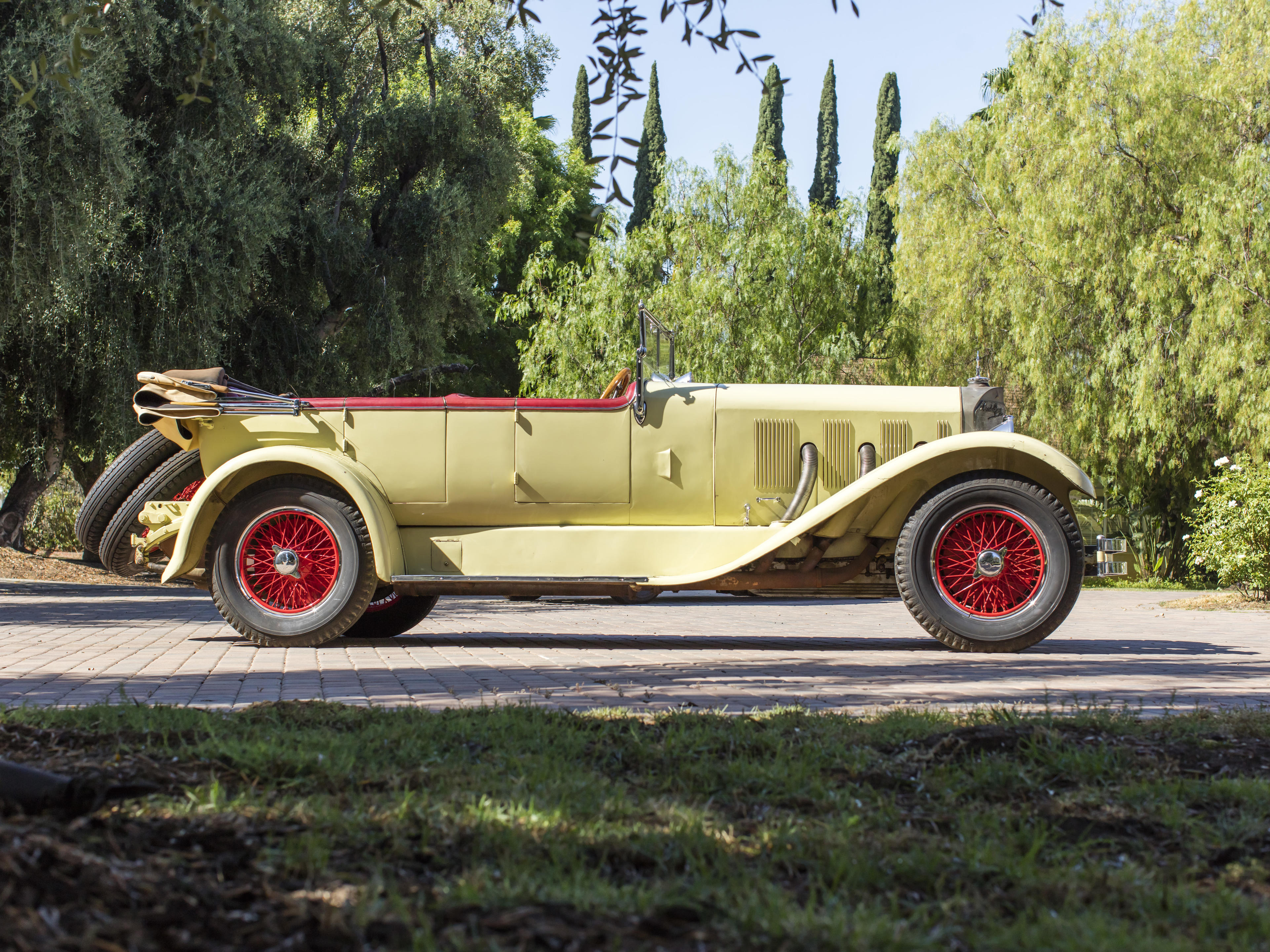
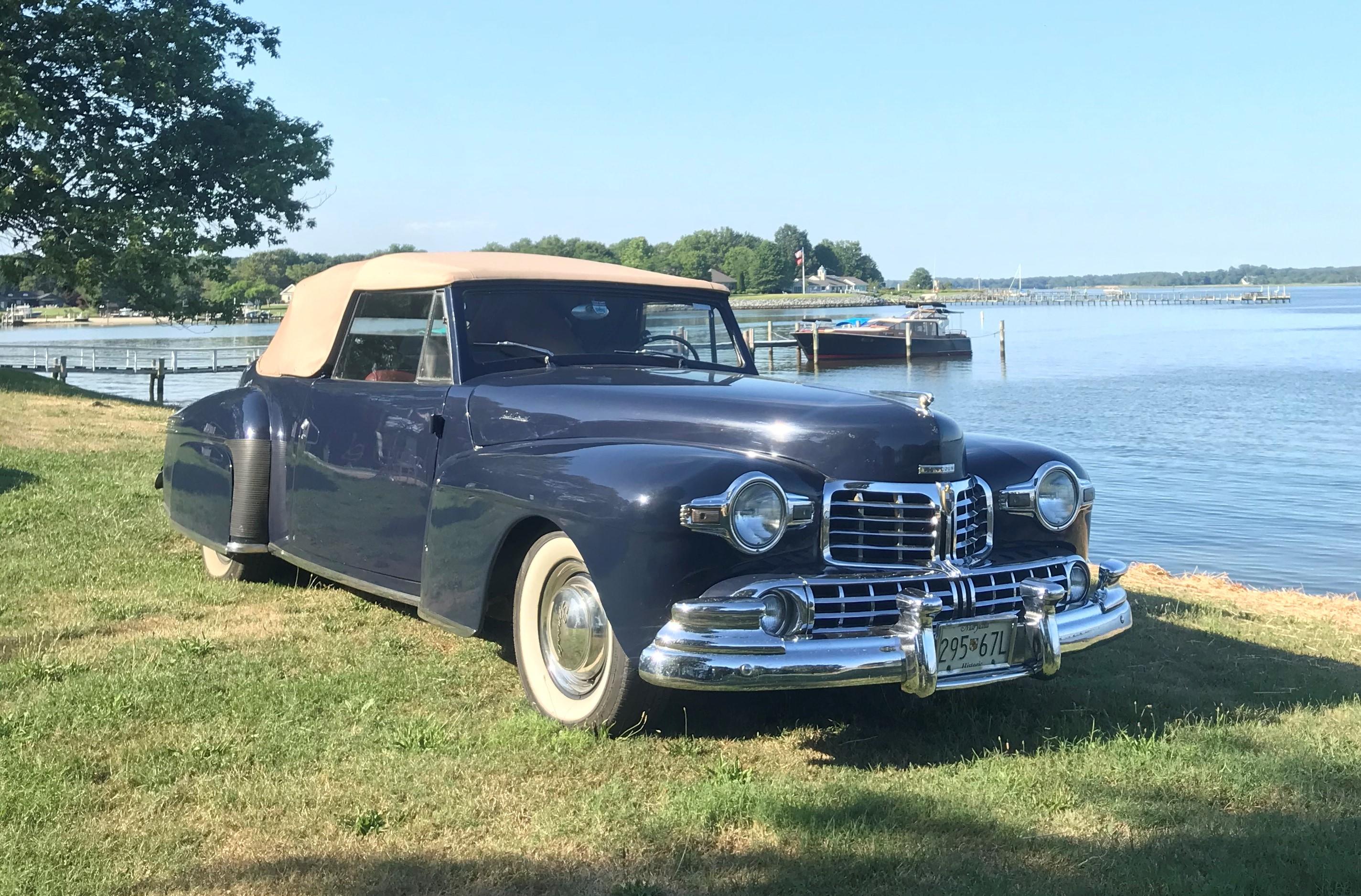
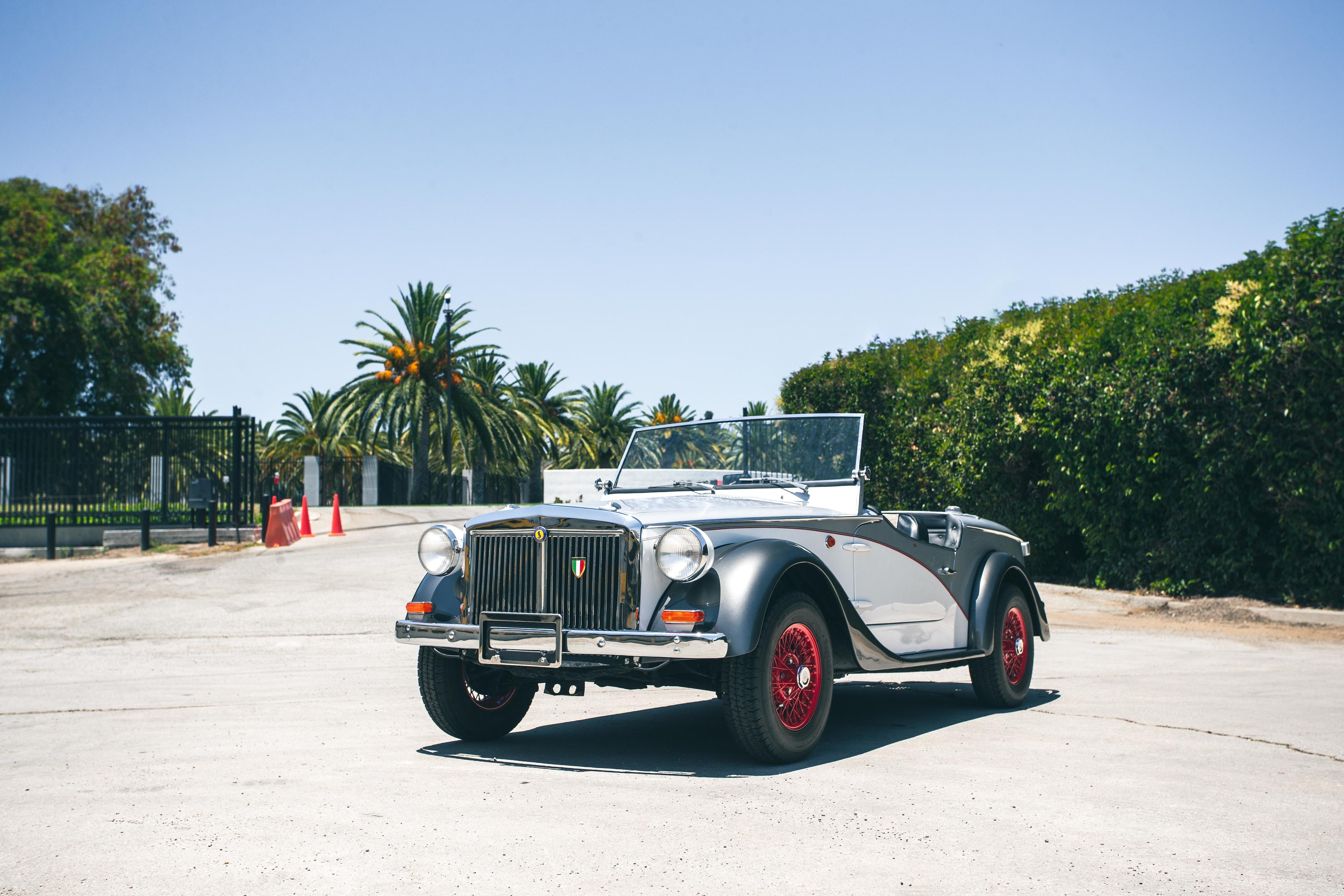
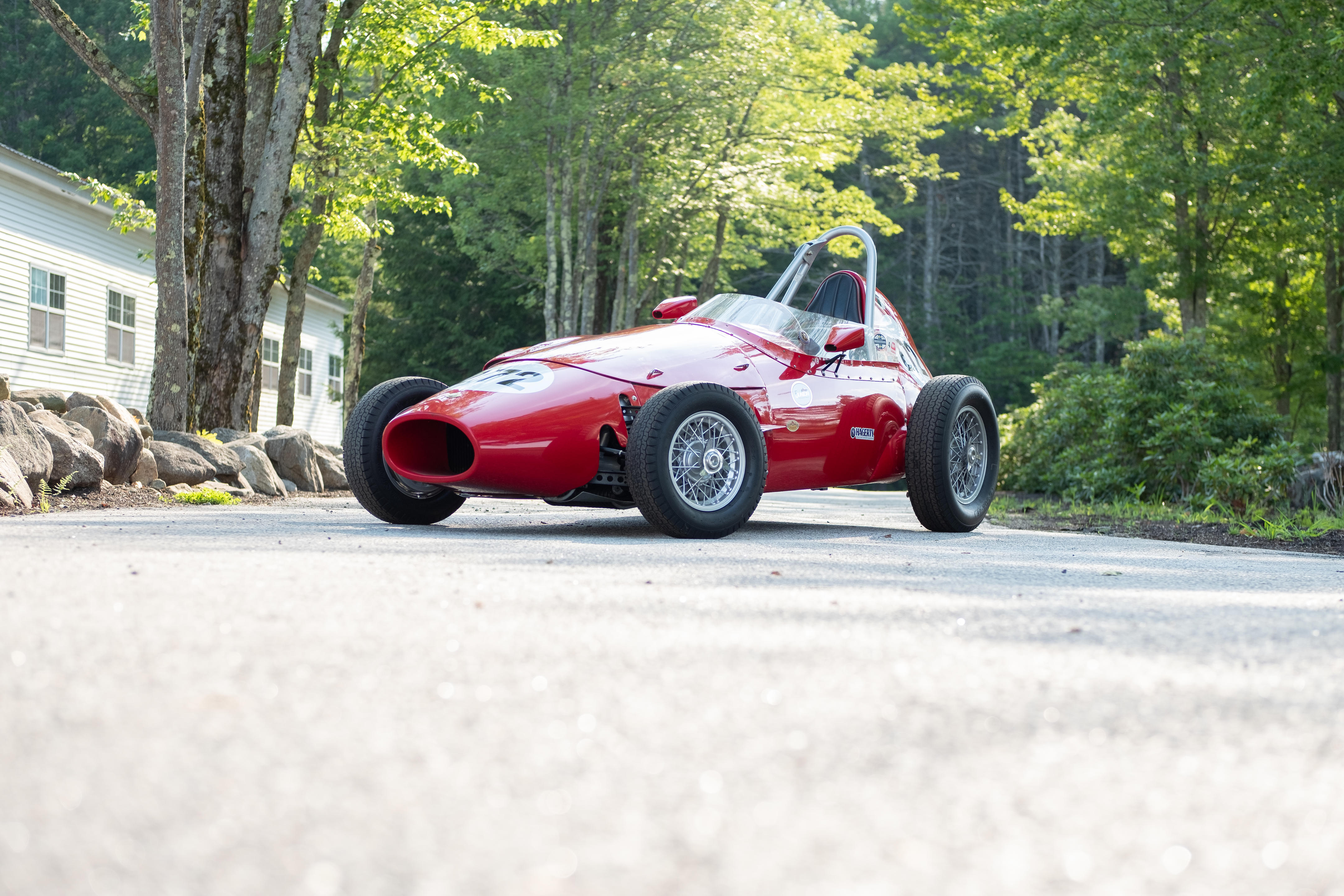
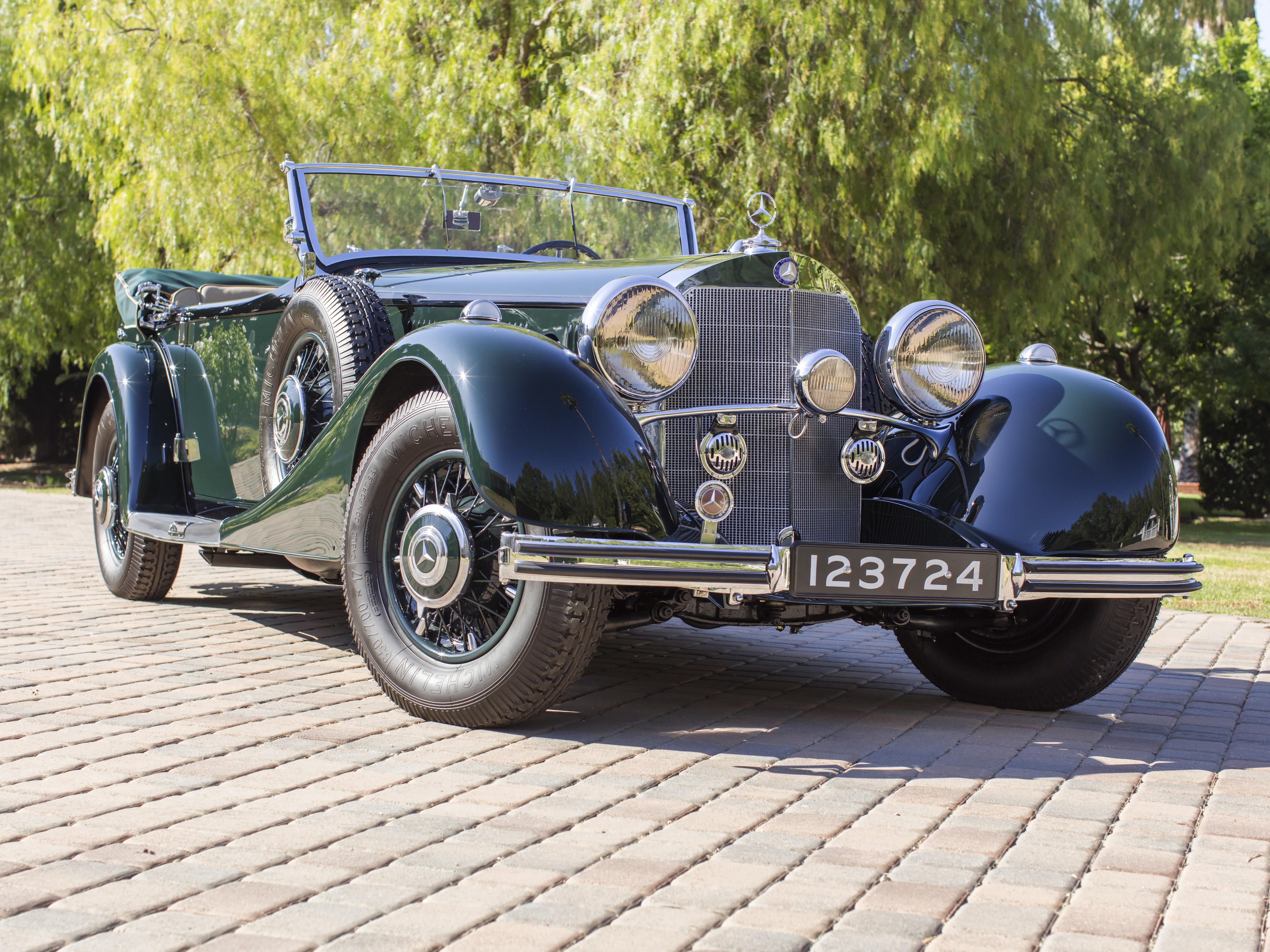
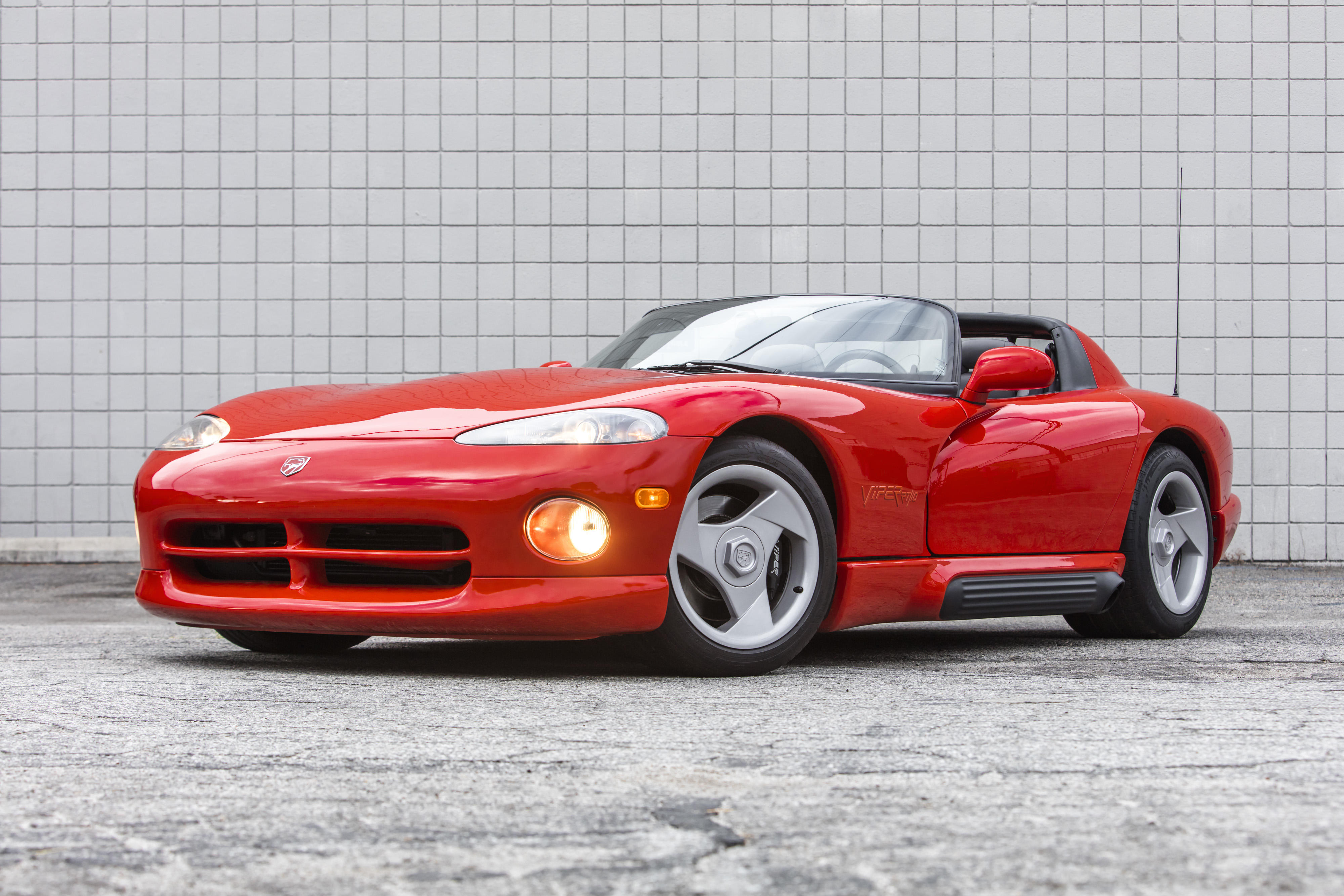
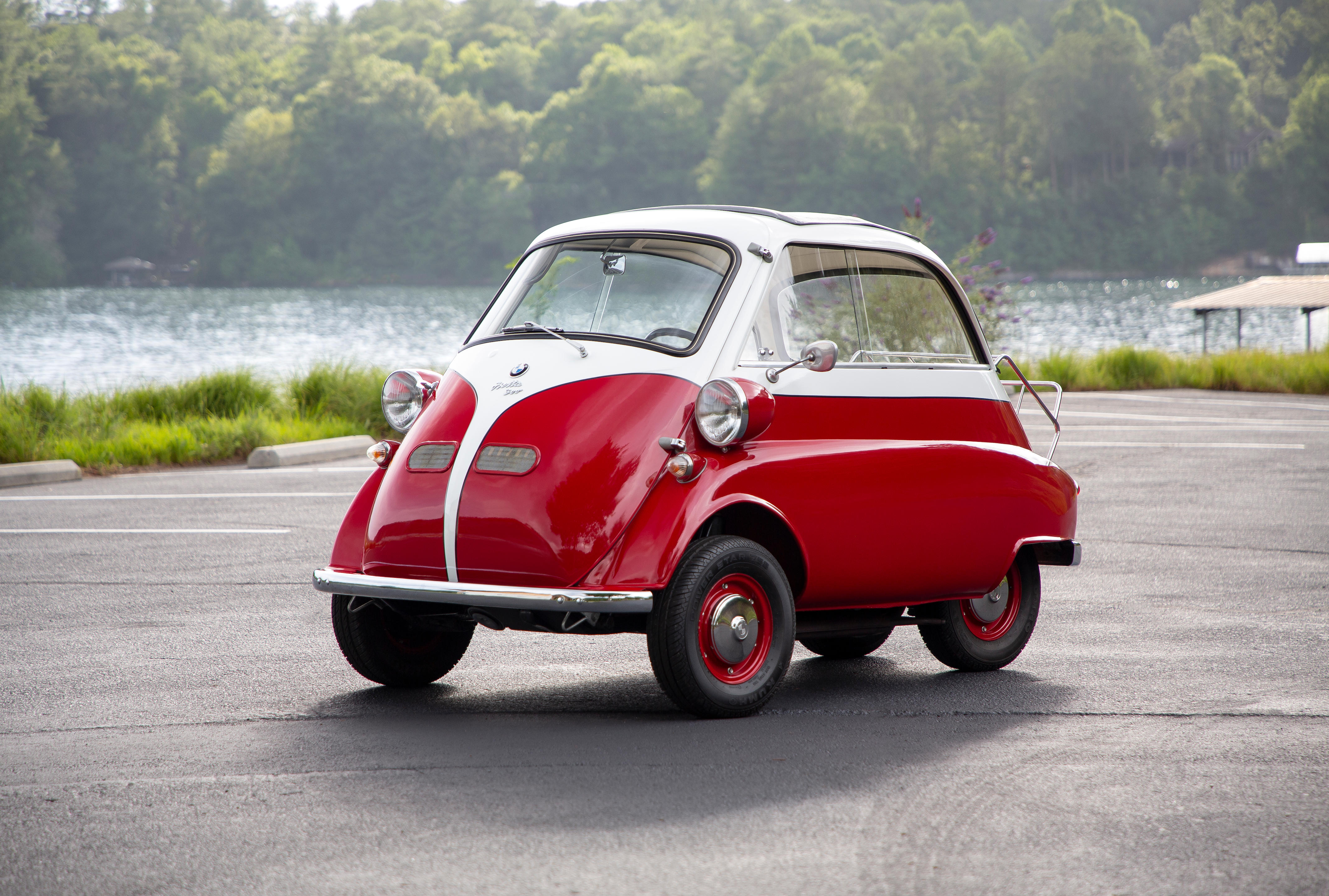
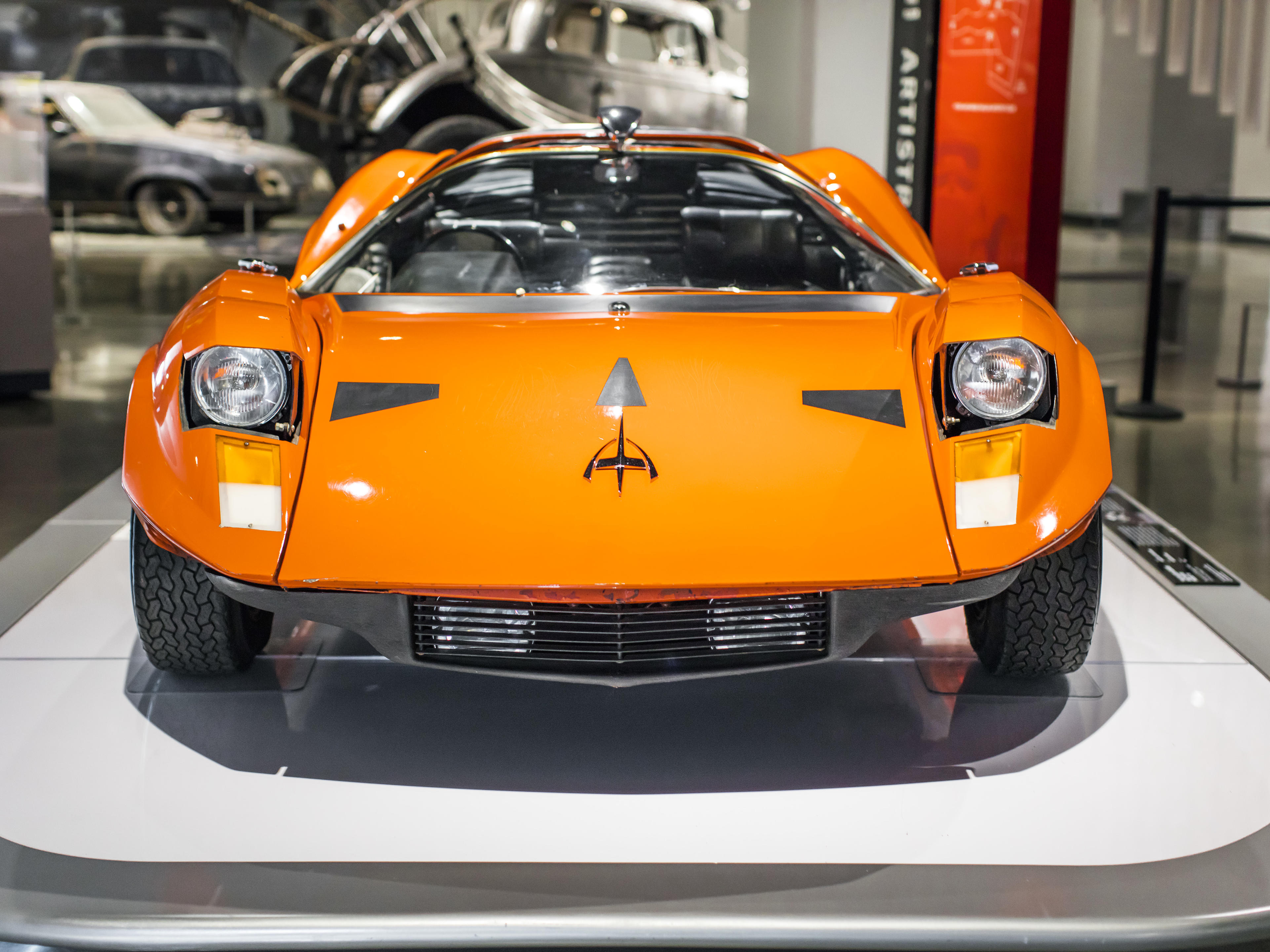
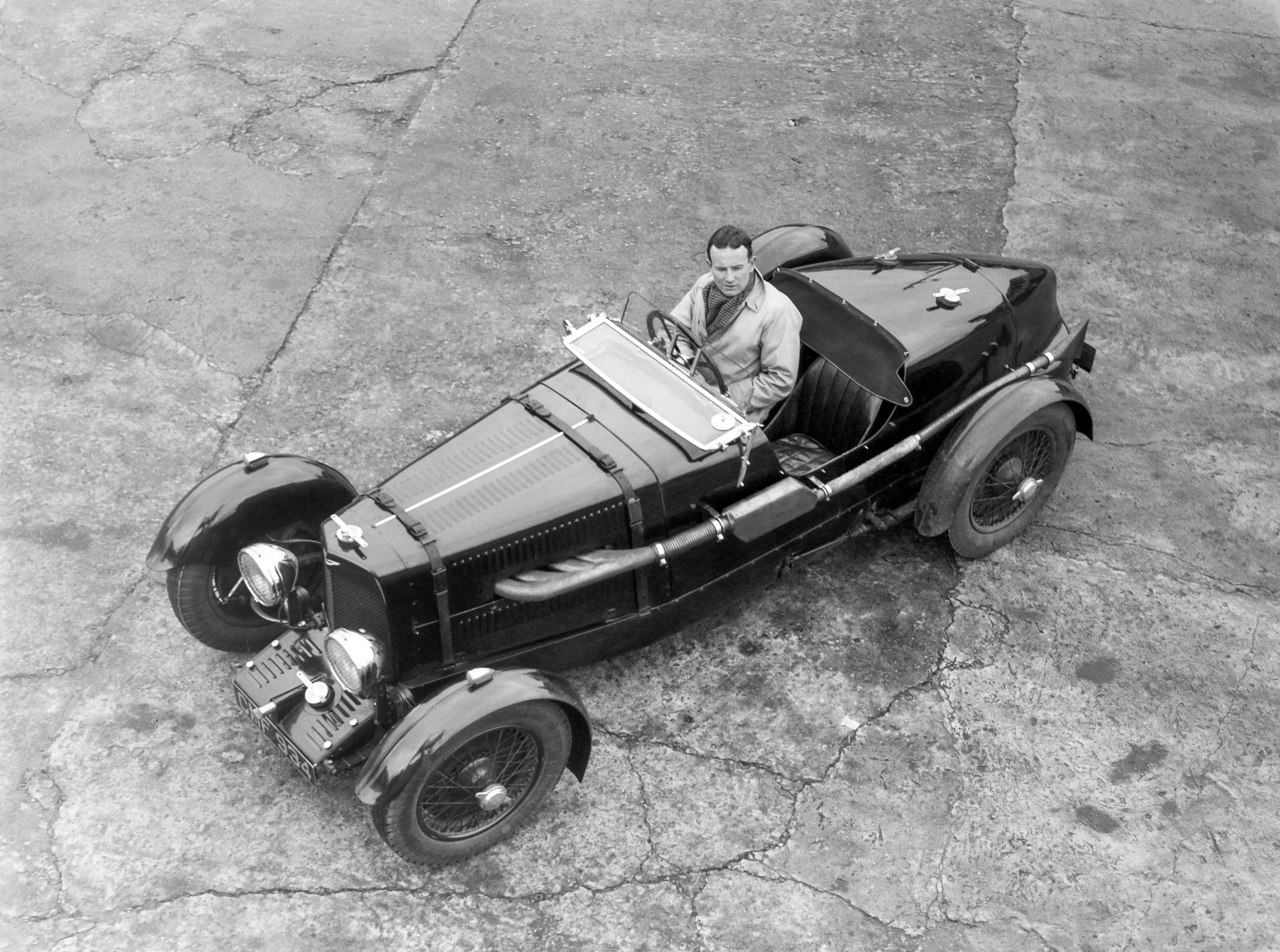
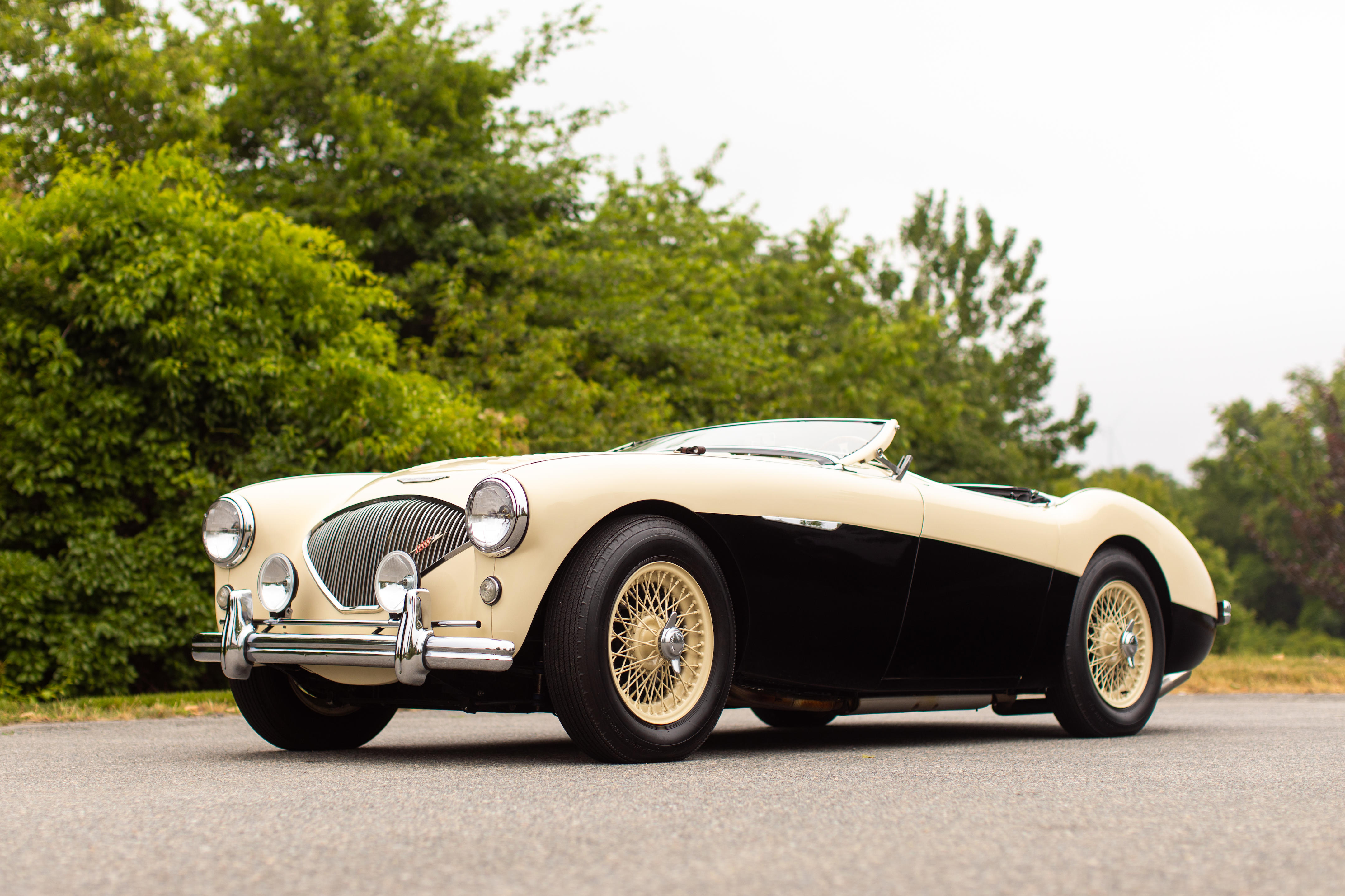
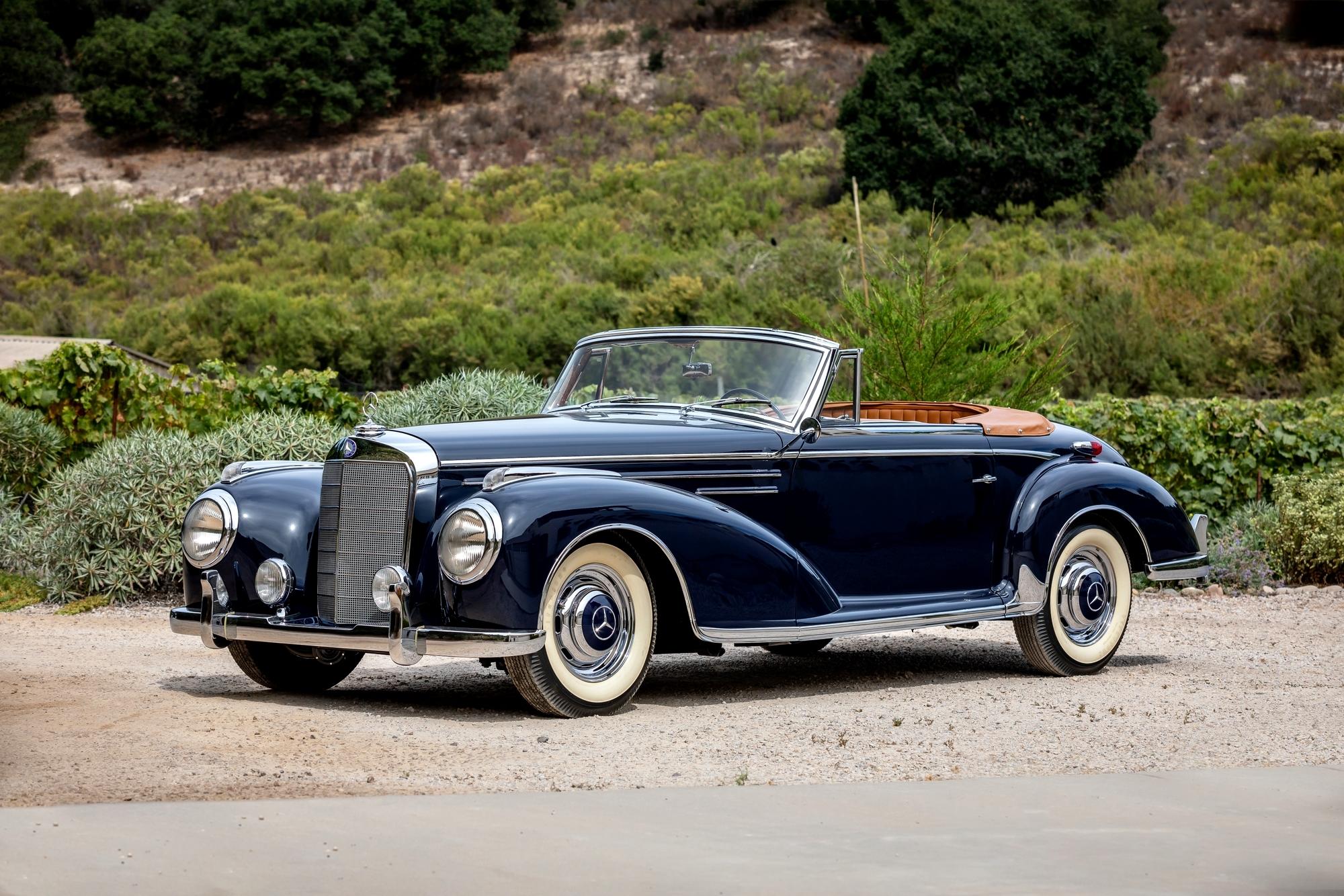
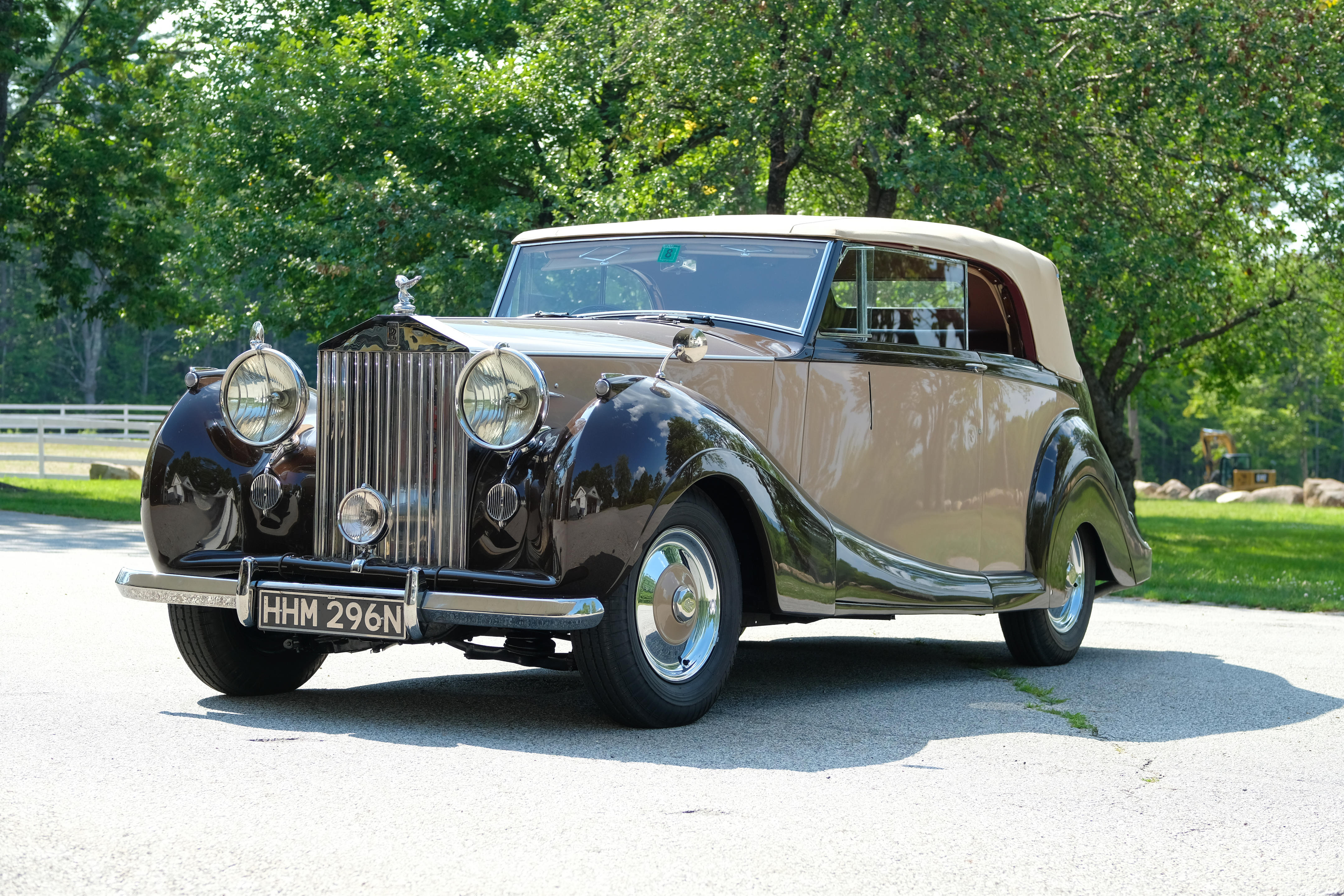

Testen Sie LotSearch und seine Premium-Features 7 Tage - ohne Kosten!
Lassen Sie sich automatisch über neue Objekte in kommenden Auktionen benachrichtigen.
Suchauftrag anlegen